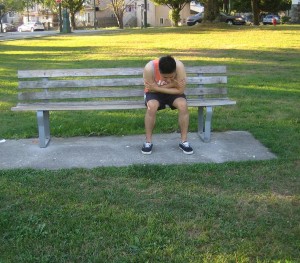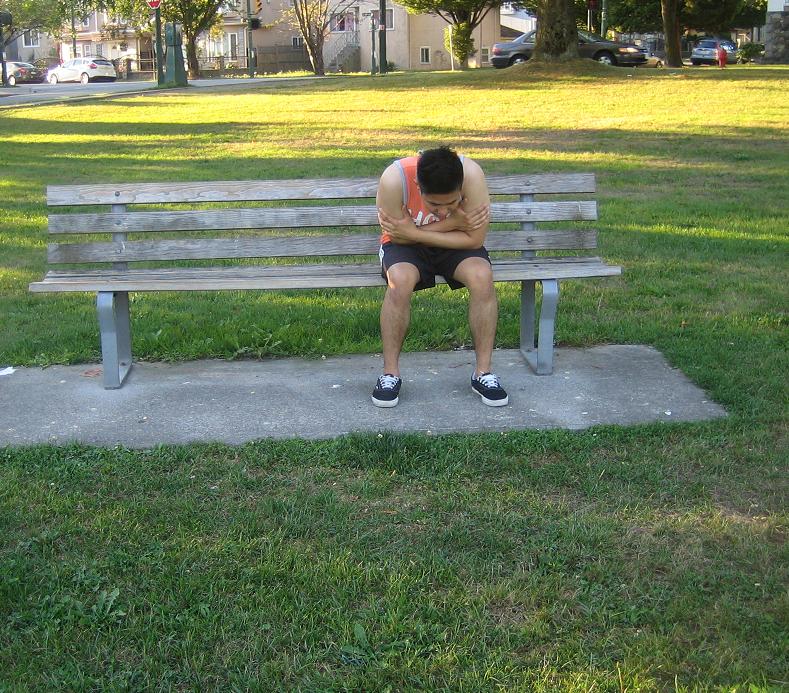A bruised tailbone can occur among those who engage in cycling especially on long distances. Cycling is a highly beneficial form of exercise that aims to improve cardiovascular fitness, muscle strength and lung health, but it also has the potential to cause damage to the tailbone. Without adequate rest and treatment, the condition can become worse and even progress to a chronic one, thus it is vital to take action once the pain is initially felt. With a few precautions, the individual can continue to enjoy the benefits of cycling without causing further problems.
The tailbone is comprised of a group of 5 small-sized bones at the base of the spine that form a triangle shape and connect the spine to the pelvis.
What causes bruising?
If an individual engages in cycling regularly, the repetitive movement of leaning forward consistently can stretch out the base of the spine and strain on the ligaments and muscles surrounding the coccyx.
This movement aside from staying in a forward-leaning position for extended periods of time can result to inflammation. Over time, the muscles might no longer be able to support the coccyx in the normal position. Potential risk factors include osteoporosis, diminished muscle mass, congenital bone conditions, low calcium and vitamin D levels and advanced age. In addition, women are also at higher risk since they have a wider pelvis than men.

What are the symptoms of a bruised tailbone?
The indicative symptom is localized pain on the tailbone area but it can also radiate down to the lower pelvis and even up to the thighs or lower legs. The pain is often worse while sitting or moving from a seated position to standing up, during sexual intercourse, during bowel movement or bending or lifting heavy objects. A diagnosis is made by the doctor with the help of an X-ray, MRI, CT scan or rectal examination.
Management
The application of ice must be done right after injury. An ice pack must be applied 15-20 minutes at a time during the following 48 hours.
Heat is also beneficial and the doctor might utilize a specialized heat-generated diathermy or ultrasound at the clinic, but you can also opt for home treatments such as a heating pad, warm compress or sitting in a warm bath for 15-20 minutes every hour.
Pain medications are also beneficial as well as injections of nerve blockers. In addition, a “donut” shaped pillow or cushion can be used while sitting as well as stool softeners if there is pain during bowel movement. In rare cases, surgical removal of the coccyx might be needed.
Recovery
A bruised tailbone usually takes several days or weeks to fully heal. In cases in which the tailbone is fractured or broken, the individual has to stay in bed for 1-2 days and the healing process can take 4-6 weeks.
Return to normal activities is possible once the pain improves and the individual is able to bend, sit and walk without any pain.
Prevention
In studies conducted, obese individuals have a high body mass index which is considered as a contributing factor to a bruised tailbone. Cutting down on weight might not prevent the pain entirely, but can minimize the risk.
A diet that is rich in calcium and vitamin D is beneficial in promoting bone health along with weight-bearing exercises to strengthen the muscles and bones.

